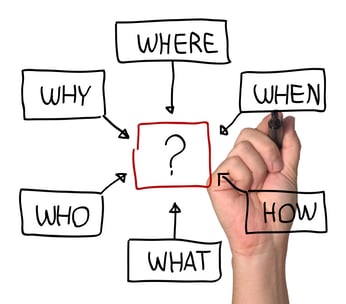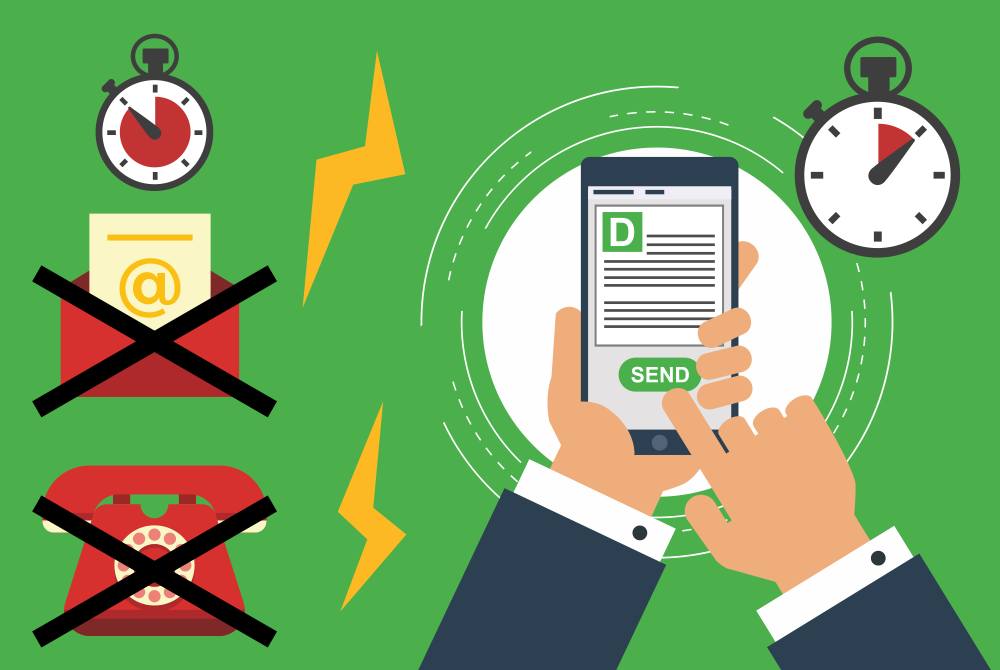Corporate communications campaigns are vital in any business. It is through an internal communication program that the management is able to connect to its employees, relaying relevant and timely information that are critical to the achievement of corporate goals. Most people in the workplace may not realize it , but the communications team usually spend a lot of time crafting and fine-tuning its corporate communications plan to ensure that it would be successful when executed.

If you’ve been tasked to come up with your own communications program in the workplace, how would you start? Do you immediately think of a campaign slogan, a one-liner that can stick in the minds of your co-workers? This article will help you through the preparation and assist you in creating a corporate communications plan that is audience focused; one that can help get your message across.
1. Identify your objectives.
Any corporate communications plan, whether designed for the long-term or short-term, begins by laying out the objectives of the campaign. Simply put, what does the team want to achieve? When and how would these goals be achieved? These are the three essential questions you need to answer in identifying your campaign’s goals.
2. Understand your audiences.
The second step in crafting a corporate communications plan is to know and understand your audiences. Are you communicating with the employees in the head office? Or only those who are part of customer service teams? Does the campaign target all junior-level officers?
By knowing your audience, you can tailor specific messages for each particular group. Think about the needs of your audience. What do they need to know from you? This would help you in developing key messages that your audience will be able to absorb.
3. Identify communication messages and channels.
Once you have identified your goals and your audience, you can start working out the messages that would help you meet your objectives, and that your audience will be able to understand.
Your messages should fit the communication channels that you desire to tap. For instance, messages ought to be concise when you use digital signage, posters, or desktop alerts. You can expound on your message if you are to tap other communication tools like the corporate newsletter or email.
In planning the messages for each audience, start by focusing on the broadest audience first. Thus, you can begin by think about the entire workforce first like “all people working in the head office.” You can then break down your core message into digestible parts for other specific groups in the head office, like members of the training department or the security team.
For example, your core message could be “everyone can help the company in reducing its carbon footprint.” This message would apply to everyone across the organization. Then you can break down your message by citing examples appropriate to the groups in the organization. For instance, you can cite ways for company drivers to minimize fuel consumption of the company vehicles.
4. Monitor effectiveness.
Always get feedback on the communications that you have planned and implemented. Ask people from the various audiences on how you are doing, and if they were able to fully understand what you’re trying to tell them. Employee surveys and interviews should help you get timely feedback, and which you can use to fine-tune your corporate communications plan.
Monitoring the effectiveness of your communications plan can also give you and your team inputs on how you can work on an improved communications campaign in the future.
Following these four steps can enable you to implement a corporate communications campaign that would be able to convey critical and relevant information to the rest of the organization.






